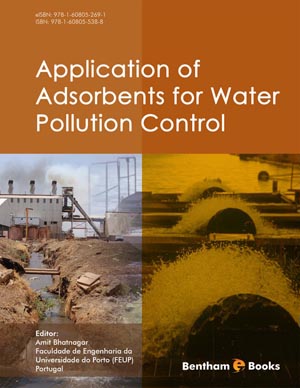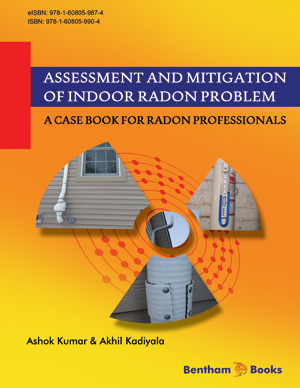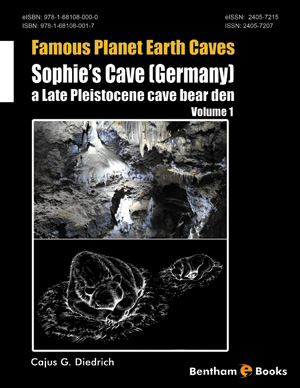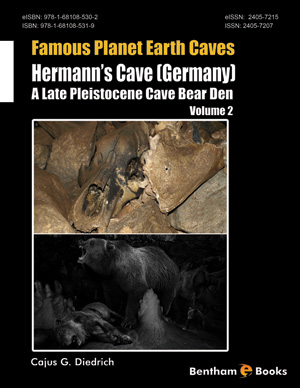Abstract
Anthropogenic activities have led to widespread pollution in aquatic bodies
due to extensive dissemination of refractory contaminants such as heavy metals, dyes,
and xenobiotics. Adsorption is well recognized as a suitable technology for the removal
of these pollutants. The major objective of this book chapter is to summarize recent
advancement in this field. Accordingly, the book chapter starts with a brief introduction
explaining the potential of the technology as compared to other competitive operations,
followed by the identification of thrust areas to work on and the construction of a
“template” to evaluate the progress in the technology. Next, recent developments in the
preparation of various types of adsorbents (activated carbon-based traditional
adsorbents, zeolites and clay minerals, adsorbents of biological origin, composite
adsorbents having nanoparticles impregnated in a suitable matrix) have been
elaborated. The chapter then focuses on how different process parameters may affect
the efficiency of these adsorbents in removal of heavy metals, dyes, and xenobiotics.
Finally, a comprehensive discussion has been made about how different mathematical
models have been applied in recent times to fit experimental equilibrium and kinetic
data obtained from the batch adsorption experiments, along with a critical evaluation of
frequently used models. The chapter ends with a recommendation regarding future
trends in adsorption technology.
Keywords: Adsorption, Biochar, Isotherms, Models, Nanomaterials












